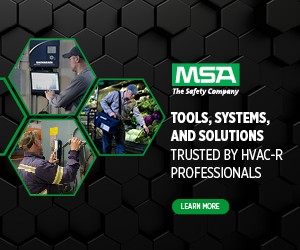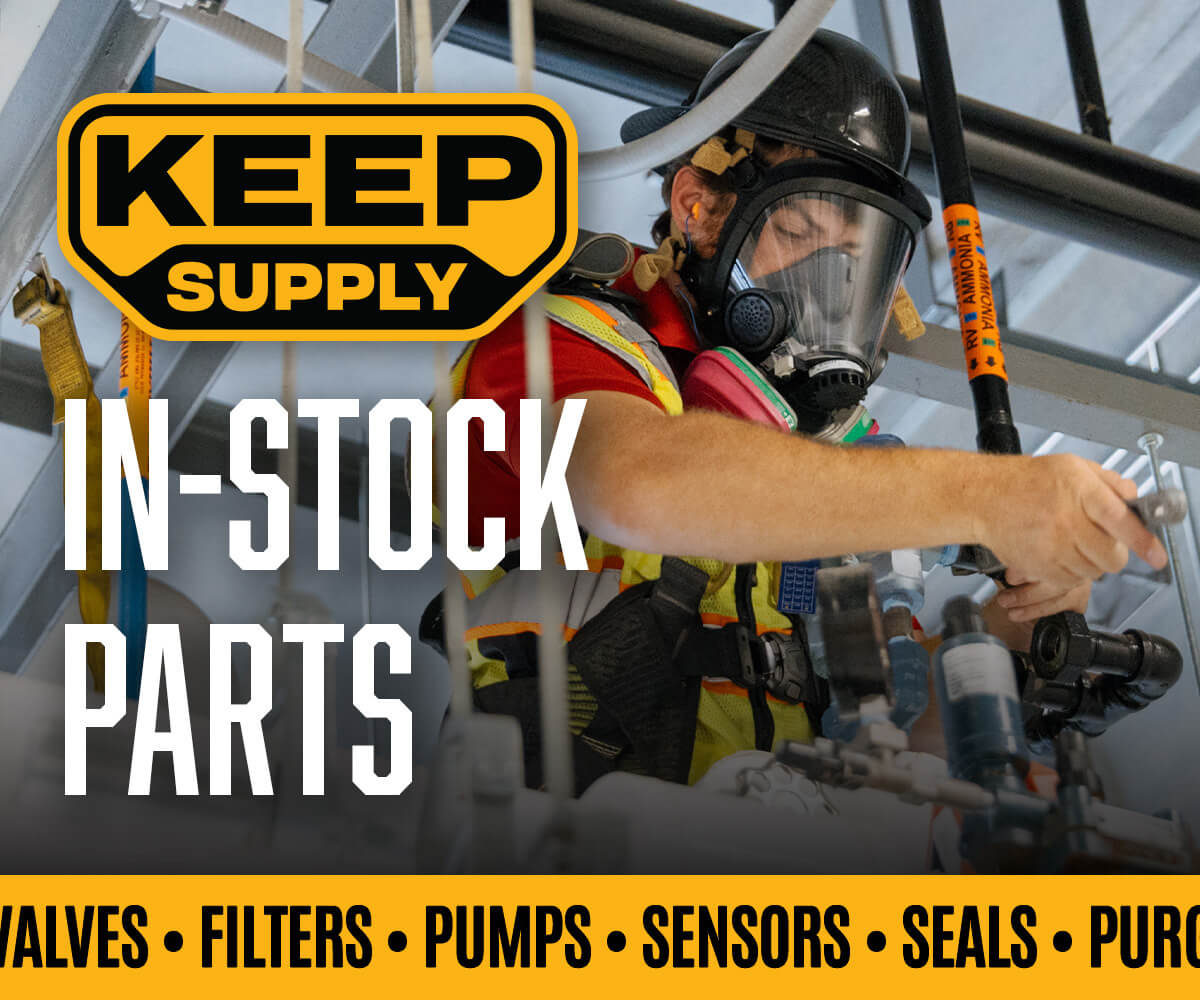CO2 Standard Provides Guidance on Growing Segment of the Industry
“We’re seeing more transcritical refrigeration systems. If people are using these systems, they need to understand what is appropriate in terms of using them and constructing them and they
need somewhere to look to,” said John Collins, industrial sales manager for Zero Zone. “Transcritical CO2 is something that is somewhat of a mystery to many people.”
Collins said many people have experience working with the requirements of ammonia, especially around the detection, ventilation, and managing the risks and hazards of ammonia, but are less familiar with the properties of CO2. “Carbon Dioxide has a safety classification as an A1 refrigerant, not a B2 refrigerant, and as such the requirements for design are different than ammonia. It is a learning process for many people to understand what a different refrigerant requires,” he explained.
The safety standards for CO2 are different than they are for ammonia and even different from other A1 refrigerants. “Because we have a dedicated standard to CO2 , we’re able to provide a depth of background and be sure that the particulars that are unique to CO2 are properly addressed,” Collins said.
During the development of the CO2 Standard, it first went through a prepublic review receiving over several hundred comments that were addressed, then progressed through four public reviews receiving 186 comments that were all addressed, said Tony Lundell, senior director of standards and safety for IIAR.
“We made a significant effort in this process to engage and encourage the involvement of a wide range of individuals, many not traditionally involved with IIAR,” Collins said. “Our task group included members who work in the commercial side of refrigeration in retail and other non-industrial applications. This was an important part of assuring the document covers all CO2 applications and was key to gaining the broad acceptance that allows this standard to serve the entire industry.”
Part One of the Standard defines the scope and purpose along with key definitions and references. Part Two of the Standard provides requirements for proper design. Key aspects of CO2 system design include:
- Location of equipment
- Carbon dioxide leak concentration limits
- CO2 refrigerant specifications
- System design pressures
- Suitable materials and components
- Overpressure protection
- Monitoring equipment and levels
Parts three, four, and five of the Standard cover installation, startup, and inspection, testing, and maintenance. This is a comprehensive standard that covers all aspects of CO2 refrigeration from the initial system design concept to construction and through the operating life of the equipment. IIAR has compiled in the IIAR CO2 standard what is covered for ammonia in multiple standards from IIAR-2 through IIAR-7.
Lundell said there are several benefits to CO2 as it is a natural refrigerant with zero ozone-depleting potential and a global warming potential rating of one. Anhydrous ammonia, the leading
natural refrigerant, has zero ODP and zero GWP. CO2 is non-flammable and is not toxic, which simplifies install requirements and reduces many of the safety restrictions compared to ammonia. Compared to synthetic refrigerants, the heat transfer characteristics of CO2 are more attractive and CO2 refrigerant is less expensive. These characteristics coupled with the realities of the changing regulatory environment are driving a shift toward CO2 refrigeration which is rapidly gaining momentum.
CO2 must operate at higher pressures than other refrigerants, but a system designed to the IIAR CO2 Standard is safe. The properties of CO2 offer great opportunities for cost-effective, highperforming, systems with more compact components and smaller piping than feasible with other refrigerants. The technology of today’s CO2 refrigeration systems has advanced over the last 20 years to be efficient, cost-effective, and relatively easy to install and operate.
There is still more work to be done. “Given the quantity of new applications where we’re seeing CO2 being installed now, it is becoming more and more apparent that we need more development. We’re looking at next steps in terms of developing the standard further,” Collins said.
There are likely opportunities to use the Ammonia Refrigeration Foundation and IIAR’s Research Committee to conduct research that will benefit the CO2 Standard. “IIAR has a tremendous group of members and a lot of resources and we’re in a good position to synthesize a lot of what the industry has out there,” Collins said.
This includes drawing from the knowledge of our colleagues in Europe where CO2 has been more widely used in the last 20 years than in the U.S.















